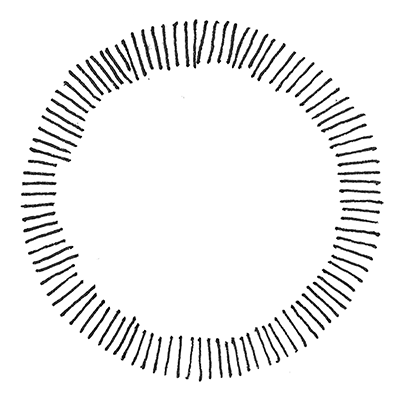Tie Dye with Indigo: A Summer Project for 4000 Years
Do you find it hard to fill in hot afternoons with children? One thing to consider doing on these hot days is creating an indigo tie dye day with family, or even include friends and neighbors. A vat of indigo can tie dye up to 15 t-shirts, as well as anything cotton that needs a pick-up! Reinvigorate old sheets, dishtowels, and pillowcases with this beautiful dye, and get messy and wet in the process. Look for 100% cotton t-shirts and fabrics. They dye best.
Whereas natural indigo dye made by artisans worldwide involves a long process of fermentation, is that it is now possible to purchase an indigo dye kit by Jacquard from art supply stores (Blick, Dharma Trading Company) or from Amazon for less than $15. This kit has everything you need, except for fabric, and a vat to dye it in. A five-gallon paint bucket with a lid is a great solution, since indigo dye cannot be exposed to light. Set up a temporary clothes line in the backyard, if you don’t have one, and do this whole process outside. All that is needed is a garden hose and a shady picnic table where you can prepare the tie-dye fabric.
Tie-dye is a simple process of creating patterns on fabric by blocking dye from select parts. Start with a cotton t-shirt, new or used, or any other cotton fabric (dish towels, pillow cases, bandannas). Create a design by tightening rubber bands to create large and small circles, or folding cloth to create squares or triangles. Make sure the rubber bands are tight, then throw the t-shirt or fabric in the dye bath. To avoid disappointment, check the tightness of rubber bands placed by young children, and tighten them with an extra twist.
For detailed instructions, see p. 227 of Growing Whole Children in the Garden.
When you work with indigo, you are using an ancient technology! Archaeologists have found evidence of indigo dyeing dating over 4000 years ago in India, China, and Egypt, and it is believed that its use goes back to the Neolithic age. Indigo dye comes from a plant indigofera tinctora, grown in warm climates all over the world as a valuable crop. Plant leaves must be fermented for months to produce a beautiful dark blue color which is one of the few blue natural pigments anywhere.
We have all seen indigo dyed fabrics! All blue jeans are this color, as are many bandannas, tablecloths, and napkins. Today, most indigo colored fabrics are made from commercial synthetic dyes, but artisans in China, India, and other tropical countries still produce beautiful wares by hand, creating intricate patterns sewn onto cloth and dyeing them with indigo.
My daughter Alexandra (the illustrator and designer of our book) and I had the privilege of spending a day tie-dyeing indigo with Bai people in Yunnan, Southern China, on a field trip led by Yi Che, Peregrine’s Chinese Program Director. In a large traditional Chinese courtyard decorated with beautiful natural fabric pieces,we added our pieces to giant bubbling vats of fermenting indigo, and watched women in traditional costumes sew and dye their wares. Indigo plants grew in the courtyard, along with bamboo trees and tropical flowers.I bought a bedspread which a Bai woman stitched with an elaborate geometric design before soaking it in the magical, bubbling dye.


